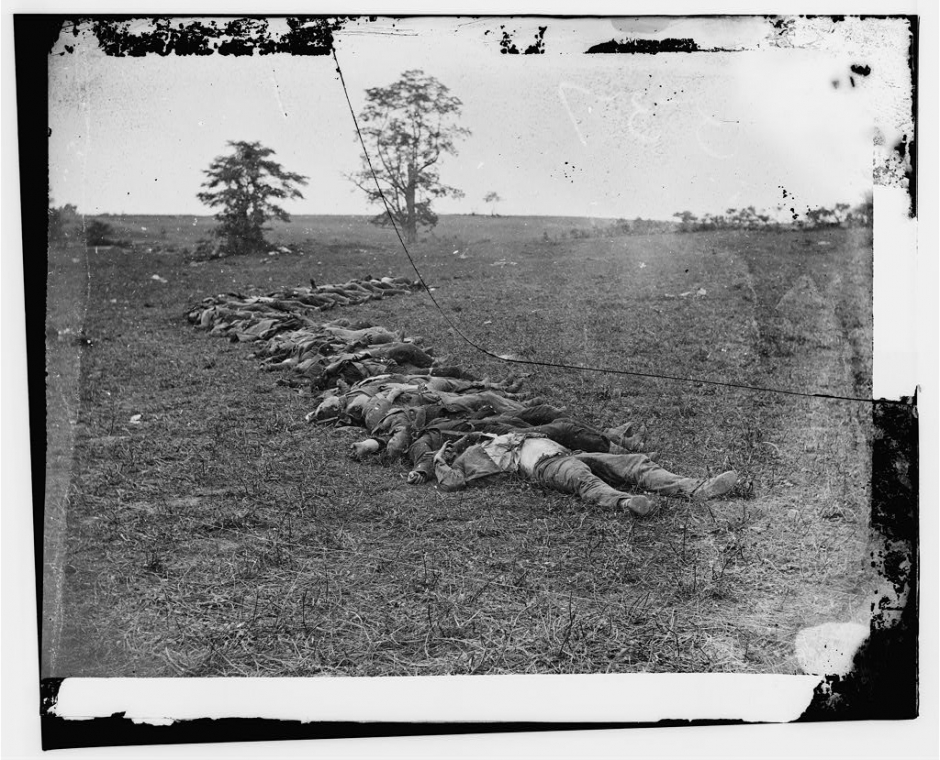 Codetipi
CodetipiFrom the moment the first photograph was taken in 1826 by Joseph Nicéphore Niépce, the act of documenting history underwent a profound transformation. Photography, with its inherent ability to capture reality in a way that words or paintings could not, became a revolutionary tool for preserving moments in time. Over nearly two centuries, this medium has reshaped our understanding of history, challenged perceptions of truth, and democratized the recording of events.
The Dawn of Photographic History
In its earliest days, photography was a novelty, its practicality limited by long exposure times and rudimentary technology. Yet, even these nascent efforts captivated the imagination of the public and intellectuals alike. By the 1840s, the daguerreotype had emerged as the first commercially successful photographic process, enabling people to create lifelike images for the first time. The era of portrait painting as the primary means of preserving likenesses was swiftly upended.
Photographic pioneers like Mathew Brady understood the potential of the medium to capture not only faces but also historical events. During the American Civil War, Brady and his team of photographers documented battlefields, soldiers, and the aftermath of conflict. These images brought the grim realities of war into the parlors of ordinary Americans, providing an unflinching look at the human cost of conflict.
A New Kind of Witness
As photography advanced, so did its capacity to record history with immediacy and accuracy. Unlike paintings or written accounts, photographs offered an unvarnished depiction of events, often circumventing interpretation or artistic embellishment. This gave rise to the photograph as an irrefutable witness to history.
One of the most notable examples is the documentation of social reform movements in the late 19th and early 20th centuries. Jacob Riis, a Danish-American social reformer and photographer, used his camera to expose the dire living conditions of New York City’s tenement dwellers. His seminal work, How the Other Half Lives, paired photographs with vivid descriptions, compelling lawmakers and the public to confront urban poverty.
Photography was also pivotal during the Great Depression, when the Farm Security Administration (FSA) commissioned photographers like Dorothea Lange to document the plight of rural Americans. Lange’s haunting image of Florence Owens Thompson, known as Migrant Mother, epitomized the struggles of that era and became one of the most enduring symbols of resilience and hardship.
The Rise of Photojournalism
The 20th century marked the golden age of photojournalism, as advances in camera technology allowed photographers to capture images with greater ease and spontaneity. Newspapers and magazines increasingly relied on photography to tell stories that words alone could not convey. Iconic publications like Life and National Geographic became synonymous with compelling visual storytelling.
Photographers such as Robert Capa, Henri Cartier-Bresson, and Margaret Bourke-White became household names, their images shaping public opinion on global events. Capa’s harrowing photographs of the D-Day landings during World War II and Bourke-White’s documentation of the liberation of concentration camps demonstrated the power of photography to bear witness to humanity’s darkest and most heroic moments.
Truth and Objectivity in Question
With its unparalleled ability to document reality, photography has long been associated with truth. Yet, the medium is not without its complexities. The advent of digital manipulation and staged photography raised questions about the objectivity of images. Even in earlier eras, photographers like Alexander Gardner, a Civil War chronicler, were known to stage scenes for dramatic effect.
The Vietnam War underscored the dual-edged nature of photography in shaping public perception. While Eddie Adams’ Pulitzer Prize-winning photograph of a South Vietnamese general executing a Viet Cong prisoner shocked the world, it also highlighted the selective framing of narratives. The image’s context was debated, with critics arguing that the photograph’s power lay not in what it showed, but in what it omitted.
The Democratization of Historical Documentation
The rise of accessible photography—through affordable cameras and, later, smartphones—democratized the recording of history. Ordinary people could now document events as they unfolded, challenging the monopoly of professional photographers and media institutions.
This shift became evident during the Civil Rights Movement, where both professional and amateur photographers captured defining moments, such as the Selma to Montgomery marches and the brutalities faced by protesters. Similarly, the 1989 Tiananmen Square protests were immortalized by the anonymous “Tank Man,” whose defiant stance was captured by multiple photographers and spread worldwide.
In the 21st century, the ubiquity of smartphones has transformed nearly every individual into a potential chronicler of history. Events like the Arab Spring, the Black Lives Matter protests, and the Capitol riots have been extensively documented by participants, often in real-time. Social media platforms amplify these images, ensuring that historical documentation is no longer the purview of professionals alone.
Challenges in the Digital Age
While photography’s accessibility has expanded its impact, it also poses challenges. The deluge of images can make it difficult to discern credible documentation from propaganda or disinformation. The ease of digital manipulation further complicates the trustworthiness of photographic evidence.
Moreover, the sheer volume of photographs generated daily raises questions about preservation. Unlike physical prints, digital images are prone to loss due to technological obsolescence or lack of archival practices. Efforts by institutions like the Library of Congress and UNESCO to preserve digital history underscore the importance of safeguarding this modern form of documentation.
The Future of Photographic Documentation
As artificial intelligence and augmented reality technologies evolve, the boundaries of photographic documentation will continue to expand. AI-driven image analysis promises to enhance our understanding of historical photographs, uncovering details and contexts previously overlooked. At the same time, ethical considerations regarding privacy and consent will become increasingly important as surveillance and automated photography proliferate.
Nevertheless, photography’s enduring power lies in its ability to connect us to moments in time. Whether through a family album or an iconic news image, photographs anchor history in the tangible and the immediate. They remind us of our shared humanity, offering a window into the lives and struggles of those who came before us.
Conclusion
Photography has irrevocably changed the way we document history, providing an unparalleled medium to capture, preserve, and share moments. From its early days as a technological curiosity to its role as a ubiquitous tool of expression and evidence, photography has shaped the narrative of human experience. As we continue to grapple with its complexities and embrace its possibilities, one thing remains clear: photography is not merely a reflection of history—it is history itself.

